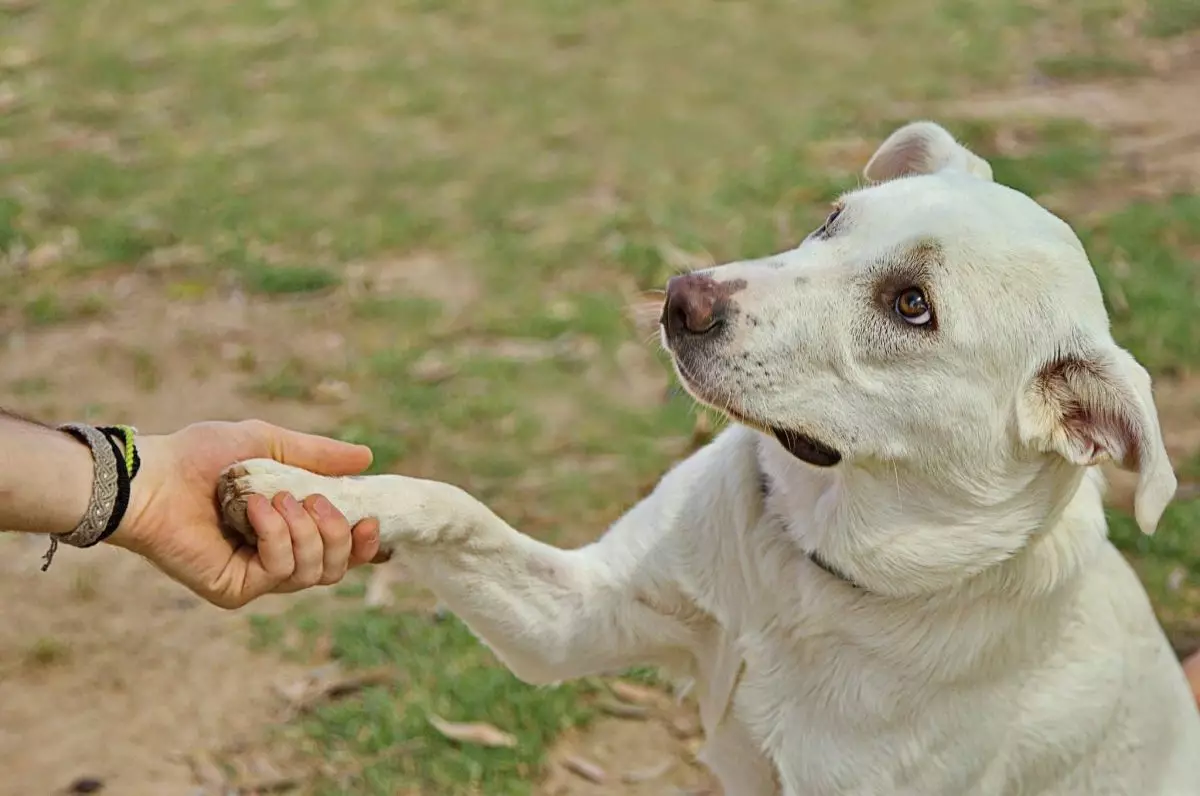Dogs have perpetually been hailed as man’s best friend, but their extraordinary ability to interpret human emotions and intentions transcends the simple notion of companionship. Over millennia, dogs have honed a profound skill set that allows them to read our body language, movements, and even facial expressions with an almost alarming acuity. This behavior elicits a fascinating exploration into how these beloved animals communicate with us without uttering a single word.
One of the primary ways dogs connect with humans is through the subtlety of facial expressions. They possess an uncanny ability to decipher emotions that ripple through our features. For instance, a smile is likely to prompt a joyful response, with dogs galloping over in excitement, while a frown can lead to cautious behavior as they sense our discontent. This attentiveness to our facial cues not only showcases their emotional intelligence but also solidifies the bond we share. Dogs are not mere observers; they actively respond to our emotional landscapes, helping cultivate a nurturing companionship that thrives on empathy.
Tail wagging is a quintessential dog behavior, serving as a prime example of how dogs communicate their feelings. However, the storytelling lies not just in the act itself but in the nuances of its execution. A tail wagging enthusiastically at a high speed often signals exuberance and joy, while a low, slow wag might express uncertainty or trepidation. Dogs are attuned not only to human cues but also engage in a social dialogue with their canine counterparts by observing and reacting to their tail movements as well, enhancing their social interaction skills within their community.
In the animal kingdom, direct eye contact can sometimes be viewed as a threat. Yet, for dogs, gazing into their human’s eyes signifies trust and affection. This deep-seated connection allows for an emotional exchange that strengthens the bond between dog and owner. When a dog catches the gaze of its owner, it often responds with love and loyalty, underscoring their awareness of social dynamics. Their ability to follow our line of sight or react to where we focus our attention further exemplifies their instinctual drive to connect with us on a deeper level.
The way we move and hold ourselves speaks to our dogs just as much as our words might. A tall, upright posture may convey confidence and authority to them, while slumping down or relaxing could signal readiness to cuddle or play. This dynamic interaction allows dogs to adjust their behavior based on our physical presence, revealing their remarkable ability to decode the subtleties of human behavior and respond appropriately.
Although dogs may not grasp the full lexicon of human language, they exhibit a heightened sensitivity to the tone we employ. An enthusiastic tone might incite excitement, while harsh or loud sounds can evoke anxiety or fear. This keen awareness empowers dogs to behave accordingly, adapting to the emotional climate in their environment, and showcasing their ability to respond to auditory cues with a nuanced understanding.
One fascinating aspect of canine behavior is their remarkable ability to reflect our emotions through their actions. When faced with a stressful situation, a dog’s pacing or whining can mirror their owner’s anxiety. Contrarily, a calm and content owner may elicit a playful and relaxed demeanor in their pet. This empathetic connection encapsulates the heart of the dog-human bond, highlighting both the shared emotional experiences and the profound ability of dogs to understand human feelings.
Dogs are adept at reading the tempo of our movements, interpreting whether we are heading out for an adventure or settling in for a quiet evening. They can sense our energy through the pace of our walk, adapting their own pace to match or even playfully challenge ours. This synchronized movement enhances their connection to us; it’s as if they are always in tune with our desires and intentions, forging an even deeper emotional rapport.
Hand signals form a critical aspect of dog training, but their significance goes beyond basic commands. Dogs respond intuitively to various hand gestures, interpreting them as invitations or directives. Simple actions like outstretched hands or pointed fingers can communicate a desire for interaction, action, or obedience. This sensitivity illustrates their remarkable ability to adapt to human communication, facilitating smoother interactions and reinforcing our bond.
An often overlooked aspect of dog communication lies in their ability to perceive our breathing patterns. Rapid, shallow breaths may signal distress, prompting dogs to respond with concern or attempts to provide comfort. Conversely, steady and rhythmic breathing communicates relaxation, encouraging dogs to reciprocate that calmness. This sensitivity perpetuates an emotional connection that underscores the bond between dog and owner.
Through vigilance and instinct, dogs showcase an extraordinary gift for understanding human emotions and intentions without the need for verbal communication. From their ability to interpret facial expressions and tail movements to reading our body language and emotional tones, dogs remain exceptional companions. The next time your furry friend seems to know exactly how you’re feeling, remember, they might just be more attuned to your emotional landscape than you are yourself. In essence, our relationship with dogs reflects a profound bond built on trust, empathy, and an unspoken language that transcends words.

